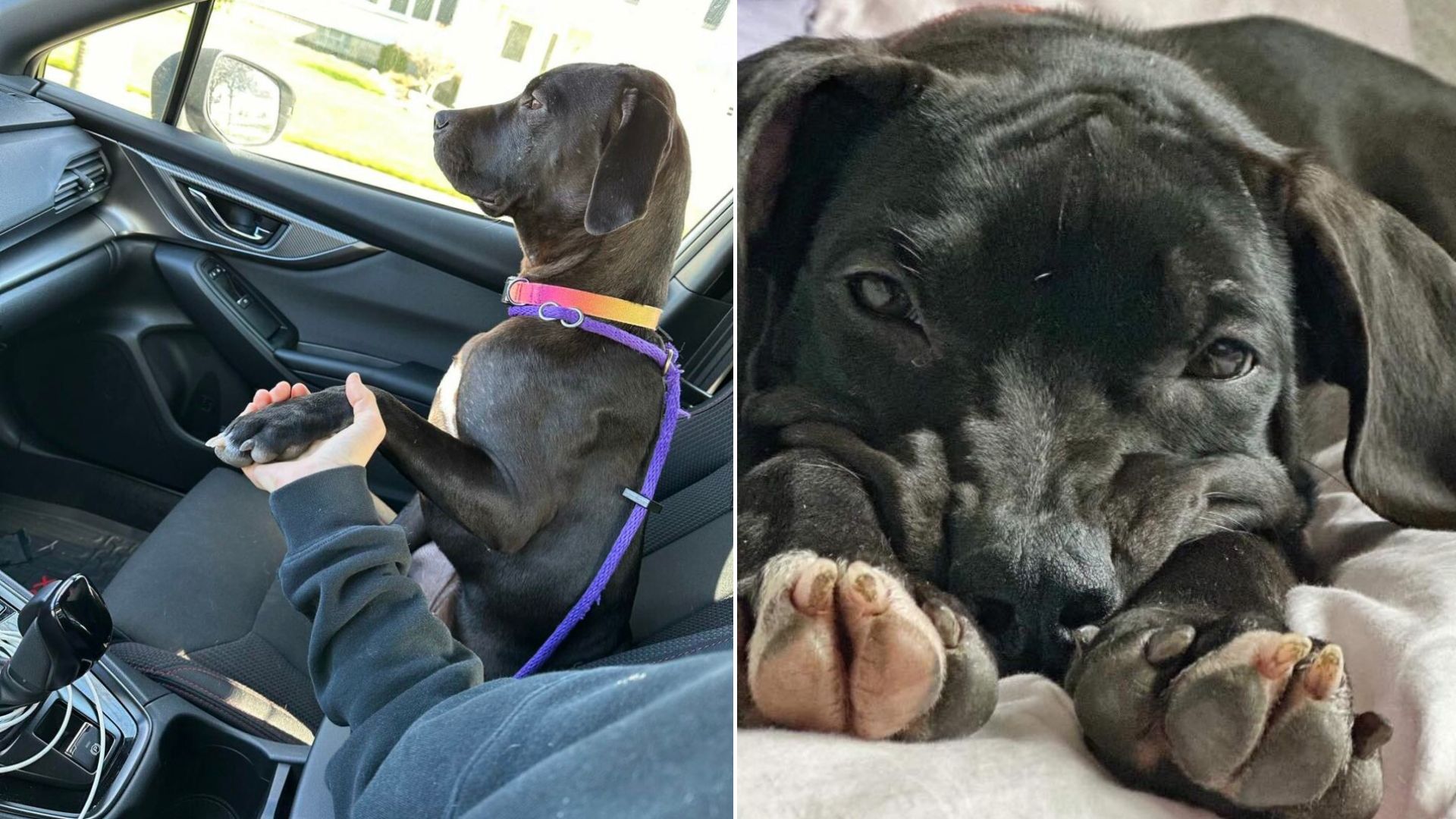Dogs are often described as the most loyal companions a person can have. These loving animals stand by their humans through every moment, offering comfort with a gentle paw or a wagging tail.
Their loyalty is unquestionable.
But the real question is whether we, as their caretakers, return that loyalty with the same devotion.
Will we be there for them when they need reassurance?
This is the story of Dolly, a rescue dog whose life began to change the moment someone reached out with kindness.
A Shelter Dog With A Unique Quirk
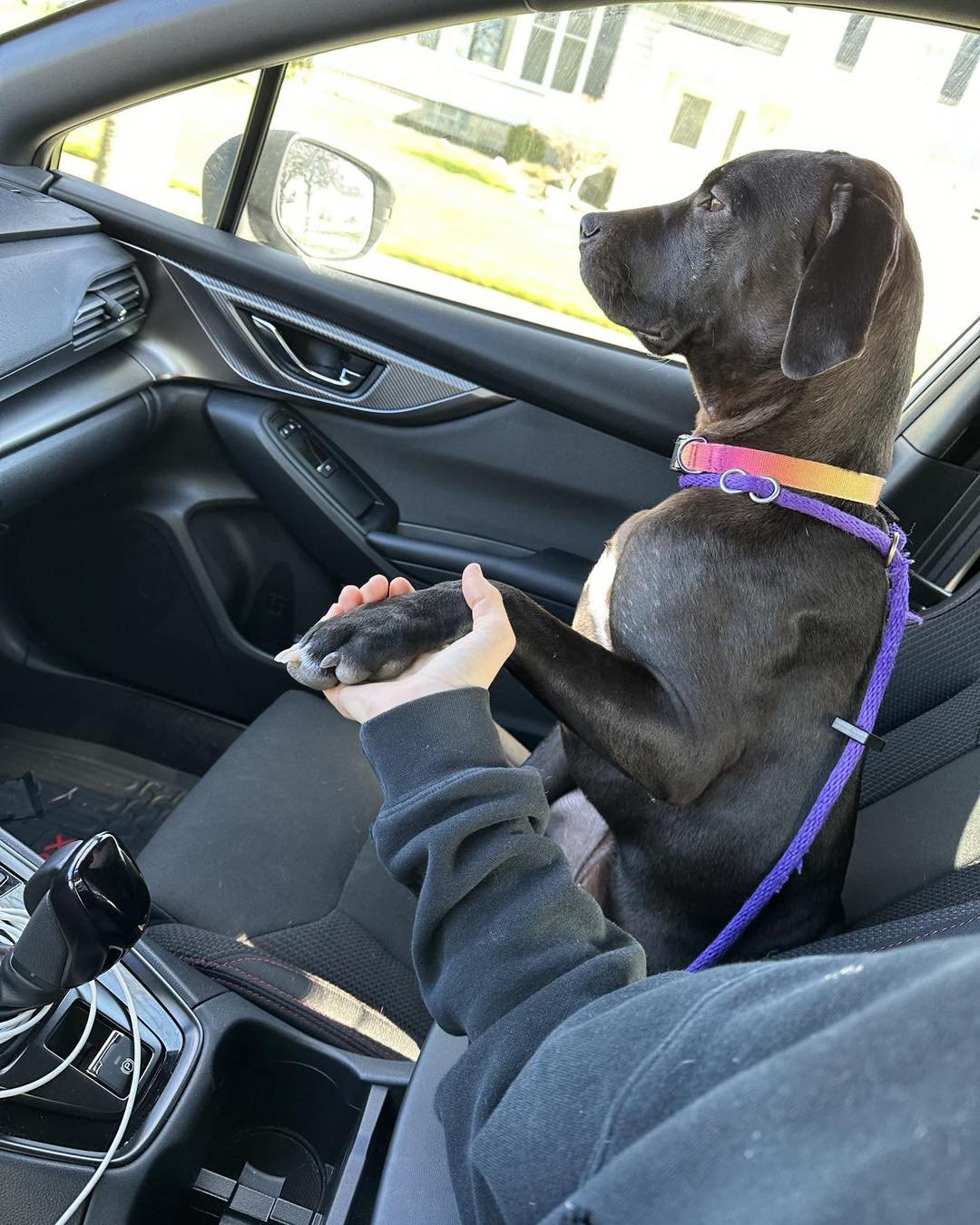
From the moment Dolly arrived at the shelter, her gentle spirit was evident. She greeted staff with soft eyes and a wagging tail, and they were surprised to learn she was already house-trained.
Yet, despite her sweet nature and good behavior, Dolly remained behind the shelter walls.
Days turned into weeks, and weeks into months. Still, no one chose her.
The team at the City of Buffalo Animal Shelter in Buffalo, New York, suspected the reason was something known as black dog syndrome. They believed that once people looked past Dolly’s dark coat, they’d see the affectionate dog she truly was.
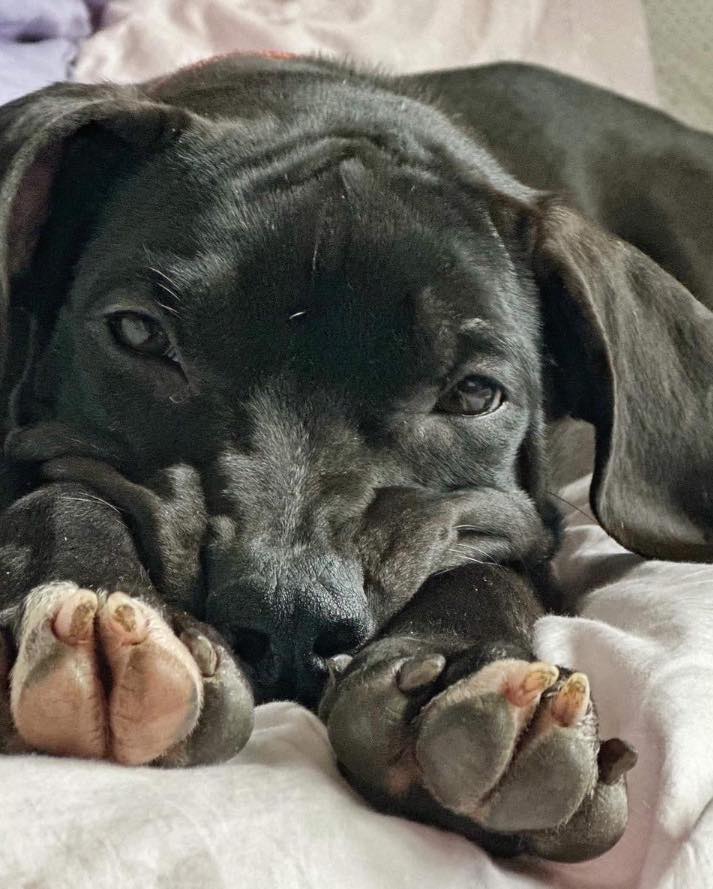
Black dog syndrome refers to the bias some adopters hold against dogs with dark fur. There’s a misconception that black-coated dogs are less friendly or more intimidating.|1|
This belief is unfounded. Every dog, regardless of appearance, deserves a loving home.
Though Dolly didn’t find her permanent family right away, she was lucky to be placed with a foster mom. That step brought her closer to the life she deserved.
When Katie welcomed Dolly into her home, the dog was shy and uncertain. But within weeks, Katie’s gentle care helped Dolly transform into a happy, confident companion who embraced her new routine.
Soon, Katie noticed something especially endearing: Dolly had a habit of reaching out her paw whenever she wanted affection.
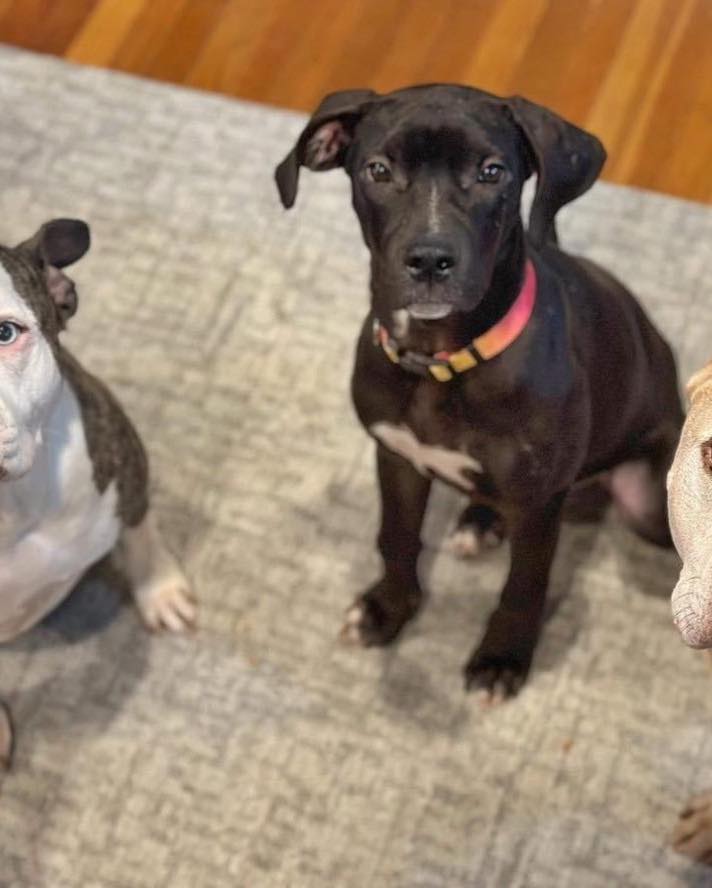
It started during training. Katie taught Dolly the “paw” command, and Dolly quickly learned that offering her paw earned praise and cuddles. She began doing it more and more, using it as her way to ask for closeness.
“Then it turned into if I was sitting down she would jump up on the bed or couch and sit next to me and instantly put her paw out for me to hold,” Katie said. “She is just so desperate for my attention and affection. She especially loves doing it in the car for some reason.”
As soon as Katie starts the car, Dolly settles in beside her, paw extended, as if asking for comfort through every curve and turn of the drive.
Paw In Hand Makes A Difference
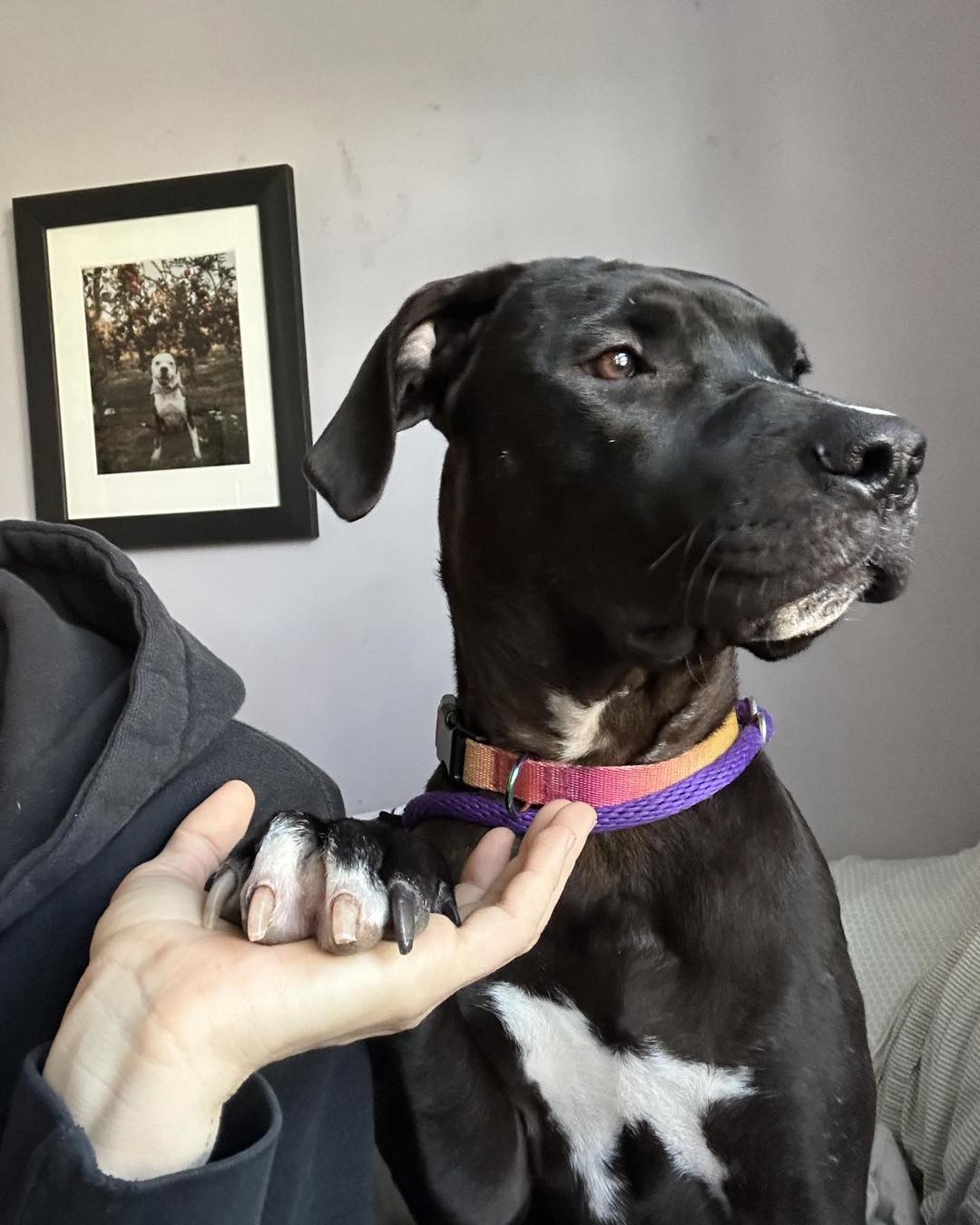
Black dog syndrome isn’t limited to shelters in Buffalo. It’s a widespread issue across the country. These misconceptions must be challenged so that every dog, regardless of coat color, has a chance at love.
Shelter data still shows too many dogs being overlooked. New York’s save rate of 90.6 percent is promising, but states like California and Texas remain around 76.7 percent. Many dogs like Dolly never get the opportunity they deserve.
Dolly knows she’s fortunate. She has someone who cuddles her, gives her treats, and works hard to find her a forever home. Most importantly, she has someone who always holds her paw.
Think of the dogs who never feel that simple connection. Will you be the one to reach out?
Because one paw in your hand can change a dog’s life, not just for today, but for every day that follows.
Sources:
|1| HJ Svoboda, CL Hoffman. Investigating the role of coat colour, age, sex, and breed on outcomes for dogs at two animal shelters in the United States. (2023). DOI
